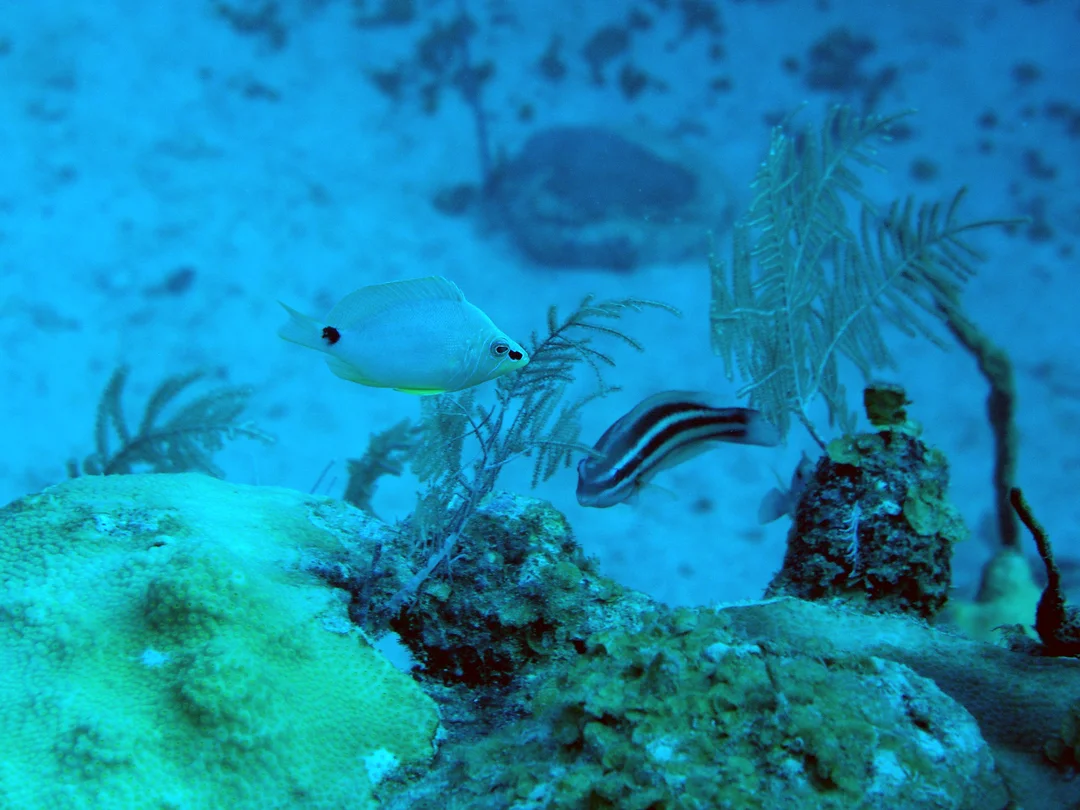
A Remarkable Discovery: Campeche Bank Hamlet Sheds Light On How New Species Emerge
In the heart of the Gulf of Mexico, a new chapter in marine evolution is being written. Scientists have uncovered a new species of reef fish—Hypoplectrus espinosai, the Campeche Bank hamlet—offering rare insight into how nature fights back against extinction and biodiversity loss. In an era where species disappear at alarming rates, every new discovery feels like a sign of hope and a call to pay closer attention to our oceans.

Last week, an international team from the Leibniz Centre for Tropical Marine Research (ZMT), partnered with colleagues in Mexico and Panama, announced their finding from the Alacrane Reef—a rich coral stronghold off the Yucatán Peninsula. Using genetic mapping, field records, and keen observation, they distinguished this small, predatory fish from its close relatives in the vibrant hamlet group.
With its tell-tale black saddle patch on the tail and an average length of just 11 centimeters, the Campeche Bank hamlet stands apart from its cousins, the butter hamlet and Veracruz hamlet. As Oscar Puebla, marine biologist at ZMT, notes, "The black saddle patch on the caudal peduncle of the new species distinguishes it from the butter hamlet... The new species also doesn’t have the black eye mask that characterises the Veracruz hamlet."
This discovery is no small feat. In the past, variations among hamlets were chalked up to color differences within a single species. However, advances in genetics reveal a much richer evolutionary tapestry, where diversification happens right before our eyes. "The speciation process is not yet complete," said Puebla, "offering an excellent opportunity to study the genetic drivers of rapid diversification."
The timing of this discovery could not be more critical. As estimates warn that over 15,000 of Earth's approximate eight million species face extinction, understanding how new species emerge becomes crucial. While extinction rates may be hundreds or thousands of times higher than natural norms, the Campeche Bank hamlet stands as a beacon: evidence that evolution continues, and that nature has mechanisms to replenish what is lost—if we let it.
By naming the new fish after its home waters, researchers hope to draw attention to the endemic life of the Campeche Bank and underline its need for careful protection. It's a story of scientific curiosity, international cooperation, and the enduring vitality of the natural world.

Does the Campeche Bank hamlet's emergence offer hope that nature can keep pace with loss? Or is this a fleeting victory in the face of overwhelming odds? Join the conversation below—your thoughts and perspectives matter, and help shape a better future for our oceans.